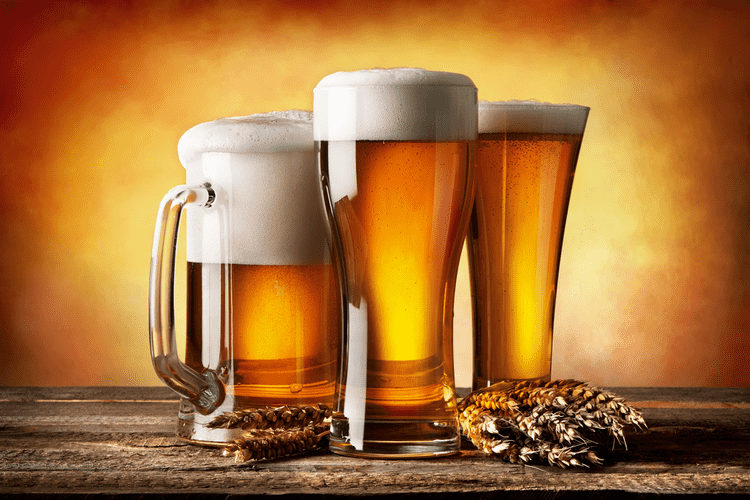Content
Binge drinking is defined as a man having five or more drinks or a woman having four or more drinks within a two hour period. Middle-stage alcoholism occurs when a person starts to prioritize drinking above their relationships, their career, and/or their education. This is also the stage where treatment for drinking can be the most beneficial. This is because the impact of drinking on their health has typically not progressed to a level that can’t be reversed with healthy lifestyle changes. In the late stage of alcoholism, your life has likely become unmanageable. You may begin to exhibit signs of medical problems like high blood pressure, liver disease or acute pancreatitis, and you may be suffering from insomnia and depression.
Alcoholism in its end stages can cause serious, even life-threatening health problems. Several medical problems can be caused by heavy and long-term alcohol consumption, including damage to the heart, liver, kidneys, and brain. The middle stage consists of a lot of cravings and developing a dependence on alcohol.
Ready to Get Started?
Mixed drinks with liquor, beer flavors such as locally-brewed craft varieties, and inexpensive brands, and whatever wine their parents might have around the house are the common go-to’s. Nationwide, the majority of those who choose to drink had their first alcoholic beverage on average at 15.9 years of age. Before reaching the legal age of 21, 61% began drinking before age 18 and 83% began drinking before age 21. There are many reasons why someone decides to take their first drink. It could be as simple as a family dinner where wine is being served as a special occasion moment. Maybe the kids come across some beers in a basement refrigerator and curiosity takes over when parents are busy elsewhere.
Why do I drink so much?
One model proposes that negative emotions (e.g., anxiety or depression), the expectation that alcohol will relieve these feelings, and coping styles characterized by avoiding rather than confronting life issues all may increase a person's motivation to drink in order to cope with stress.
This dependence also means that they have grown a tolerance to drinking meaning they have to consume more to achieve the same effects. Consequently, the individual will experience more damaging effects on their mind and body. Binge-drinking is characterized by having multiple drinks at a time within a small window. It is common to see this act as an initial sign of a drinking problem. Jellinek viewed alcoholism as a chronic relapsing condition that needed to be treated by health professionals and developed a theory on the progression of alcoholism through various stages. This blog is for informational purposes only and should not be a substitute for medical advice.
The Cycle of Alcohol Addiction
Your friends don’t talk to you anymore because you ran them all off after they confronted you about your drinking habits. You frequently isolate yourself and spend a lot of your time alone, drinking. If you develop delirium 5 Tips to Consider When Choosing a Sober Living House tremors at this stage, you have a relatively high chance of dying. In order to ensure a safe transition from late-stage alcoholism to sobriety, you’ll need constant care and attention during the detox process.
The first time someone uses alcohol could be when they are still a child—or over the legal age of 21. Alcoholics have a harder time keeping a constant chemical balance in their brain. They may, for example, have lower dopamine levels on a daily basis.
Stage #2: Loss of Control
They may not appear like they have a problem despite having a higher tolerance. Drinking alone is frequently cited as one of the main signs of alcoholism. If you drink alone occasionally and in moderation, the behavior shouldn’t be cause for concern. On the other hand, if you start to drink alone often or regularly, this habit could quickly turn into something more sinister, such as alcohol addiction. Scaling these risky BAC thresholds is not as difficult as some might think. Because it takes time for alcohol to have an effect on the body, consuming the large amounts required to reach these BAC levels can occur while the person is still reasonably sober.

During this stage, the effects of alcohol negatively impact the physical and mental health of many people. In contrast, some people will enter this stage of alcoholism because their lives – professional or personal – have been negatively impacted by their drinking. It’s common for people with alcohol addiction to forget the negative impacts of drinking after they happen and instead focus on the idea that alcohol helps them. If a person occasionally binge drinks, their drinking habits could progress into the late stages of alcoholism if it is left unchecked. When alcoholism is present, alcohol abuse has progressed to a chronic disease whereby a person has become physically and mentally dependent on alcohol to survive. This form of alcohol dependence has some serious side effects which impact the individual and those around them.